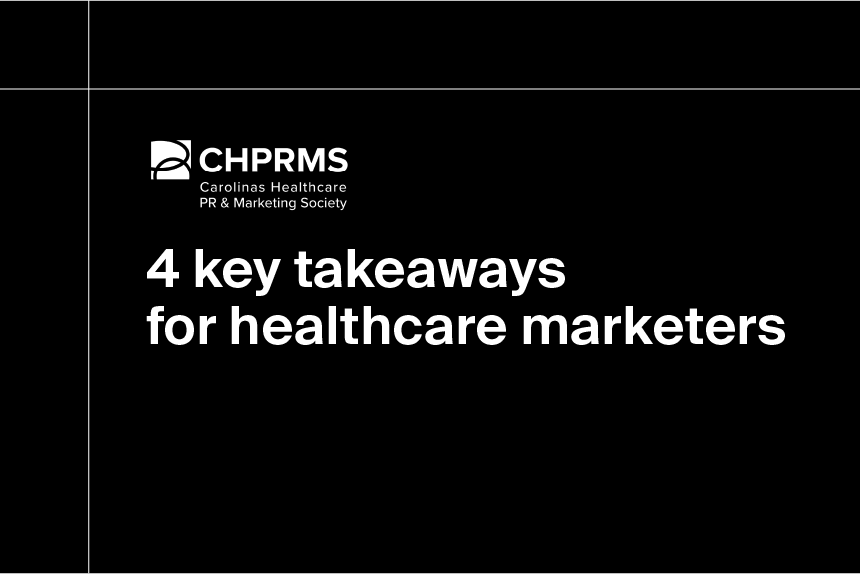Physician burnout is not a new topic. It’s something that’s been bubbling under the surface for years. COVID-19 simply exacerbated the issue and thrust it into the spotlight.
After a year and a half on the frontline, our doctors, nurses and healthcare workers are running on empty. Many are suffering from mental health issues such as PTSD, anxiety and depression due to the pandemic.
How many healthcare professionals are experiencing burnout?
A recent survey of more than 12,000 physicians conducted by Medscape in late 2020 found that 42% of providers said they’re experiencing burnout.
Certain specialties such as critical care and rheumatology reported the highest rates of burnout at around 50%. And women were more likely to report feeling burnt out over men.
Also, a whopping 79% reported feeling burnout before COVID-19, showing this is a growing and systemic problem facing the healthcare industry.
So what factors are contributing to burn out and what can be done about it?
Healthcare providers are overworked
Providers with a heavier workload are more likely to be burnt out.
Many healthcare providers log long hours as they juggle seeing patients with administrative tasks. In fact, more than a quarter of physicians reported working between 61 to 80 hours per week, according to an AMA survey.
Pinpointing which providers are overworked can help hospitals, along with staffing and recruiting agencies, make smarter hiring decisions to lessen the load.
Most overworked specialties
Based on the average number of claims by providers across specialties leveraging our PhysicianVew and ClaimsMx data, we can identify the providers with the highest inpatient and outpatient workloads.
According to our data, the following specialties had the highest inpatient workloads in 2019 and 2020:
- Physical Medicine and Rehabilitation
- Hospitalists
- Internal Medicine
Meanwhile, the following specialties had the highest outpatient workloads in 2019 and 2020:
- Hematology/Oncology
- Medical Oncology
- Hematology
- Cardiac Electrophysiology
- Interventional Cardiology
The physician shortage
Another factor exacerbating burnout and contributing to the increased workload of providers is the looming physician shortage.
The U.S. could see an estimated shortage of between 37,800 and 124,000 physicians by 2032 according to new data from AAMC.
We’ve already seen some indications of a shortage.
Specialties hit hardest by physicians leaving the workforce
When we looked at our PhysicianView data, we saw roughly 131,000 physicians drop out of the workforce post-Q3 2020. The specialties hit the hardest during this period included therapy/rehab, nursing, physician assistants, social work, and primary care.
Meanwhile, during that same time, we only saw around 60,000 new providers join the workforce. Luckily, some of the hardest-hit specialties had the biggest gains, but not enough to make up for the shortfall.
Specialties losing the most providers from the workforce post-Q3 2020
Fig. 1: Data from Definitive Healthcare’s PhysicianView. Data accessed May 2021.
Specialties adding most providers to the workforce post-Q3 2020
Fig. 2: Data from Definitive Healthcare’s PhysicianView. Data accessed May 2021.
Specialties with the oldest providers
Many specialties are also facing an impending physicians shortage as the workforce ages and retires.
Seven specialties have a provider workforce with an average age over 60 years old according to our data.
Specialties with the average age of physicians over 60 years old
| Specialty | Average age of physician |
|---|---|
| Surgery - Oral and Maxillofacial Surgery | 66 |
| Optometry | 63 |
| Psychology – Clinical Psychologist | 63 |
| Surgery – Maxillofacial Surgery | 63 |
| Surgery – Maxillofacial Surgery | 63 |
| Chiropractic | 61 |
| Surgery – Foot and Ankle | 61 |
Fig. 3: Data from Definitive Healthcare’s PhysicianView. Data accessed July 2021.
This could spell trouble for these specialties in the years to come as more physicians retire with fewer new physicians to pick up the load. Hospitals should keep an eye on staffing for these specialties to prevent burnout as more senior staff members retire.
More time on technology than with patients
A final factor contributing to physician burnout is “click fatigue.” With the rise of electronic health records (EHRs), many providers find themselves spending more time looking at a computer screen than treating patients.
A study in Annals of Internal Medicine found that on average physicians spent 16 minutes and 14 seconds using the EHR for each patient seen. Another study found physicians can experience fatigue working with EHRs within the first 22 minutes of use.
While it might sound counterproductive to recommend using technology to solve a problem caused by technology, it is one way to confront this problem.
Many healthcare technology companies offer solutions aimed at solving this problem. They frequently offer EHR integrations to improve efficiency and reduce workloads by automating certain tasks directly in the EHR platform. Customizing EHRs templates and offering more hands-on EHR training also lessen the technology burden on providers.
What comes next for physician burnout
Physician burnout isn’t going away anytime soon. However, it doesn’t have to get worse.
Hospitals and health systems can leverage healthcare commercial intelligence to make strategic decisions on hiring, recruiting, and technology to address these issues today and prevent them from getting worse.
Learn more about how healthcare commercial intelligence can provide valuable insights to tackle physician burnout.




